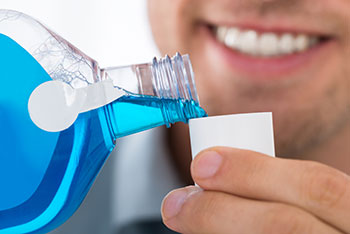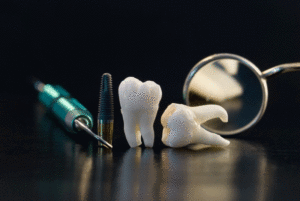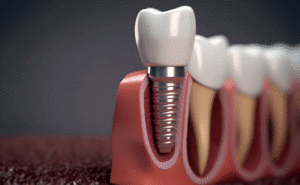According to a study conducted by the Centers for Disease Control and Prevention (CDC), about 47 percent of the American population has some level of periodontitis, an advanced gum disease. That’s nearly half of all Americans. What’s more is that the study shows that the older one gets, the more likely they are to experience the oral disease in mild, moderate or severe form. For instance, it’s evident in about half of all those ages 30 and up and then prevalent in about 70 percent of individuals 65 years and older.
The good news is that this is all treatable and reversible – but only if you catch it and correct it early enough. On that note, you should always be on the lookout for signs of gingivitis, which is the first – and least serious – form of gum disease. It’s often characterized by swollen gums, bleeding gums, foul breath and sensitive teeth.
How to Prevent Gingivitis
While gingivitis can be reversed through treatment, it’s best to get into an oral care routine that works to prevent it from occurring in the first place. Here’s how:
- Brush/floss: Minimally, you should be sticking to an oral routine where you brush at least twice per day and floss at least once per day. Either a toothbrush with soft bristles or an electric toothbrush will typically get the job done without irritating the gums. Make sure your flossing posture is up to par too, as floss should wrap around the sides of each tooth and pull food debris and plaque out.
- Mouthwash: Following brushing, swishing some mouthwash around in your mouth can help eliminate excess plaque-causing bacteria. Plaque is the key cog that leads to gum disease, so the less bacteria in your mouth, the less chance of plaque development.
- Consume more calcium: Calcium is largely synonymous with bone health, but it’s also great for the gums too. On the flip side, try to consume sugar in moderation, as sugar mixes with bacteria in the mouth to accelerate the formation of plaque.
- See the dentist: Last, but certainly not least, it’s important to see the dentist at least once every six months for a professional deep cleaning. It’s at these deep cleanings where dentists often remove plaque and tartar that a standard toothbrush can’t get to. What’s more is that dentists also take X-rays and conduct oral assessments so that any small problems, like a case of gingivitis, can be discovered and corrected before any serious harm is done.
Gingivitis isn’t ideal, but it’s not something that anyone should welcome. That’s why it’s important for individuals to take preventative action against the mild form of gum disease. In effectively doing so, you’ll never have to worry about reversing it and adding to the alarming number of Americans with periodontal disease. Schedule your next dental check-up with Dr. Caven today.



